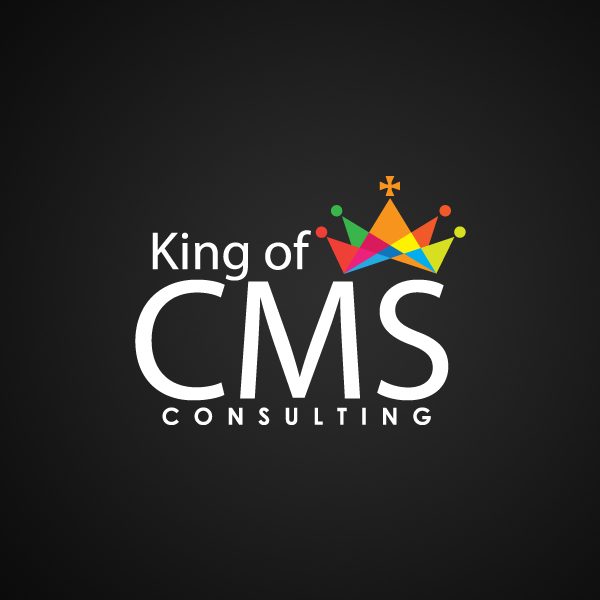In the realm of consumer revel in (UX) layout, persuasion is a powerful device. It’s the artwork of influencing consumer conduct and guiding them toward precise actions. Whether you are a seasoned UX fashion designer, a meticulous UX researcher, or a professional UI developer, know-how and applying persuasive layout principles can substantially enhance the effectiveness of your digital merchandise. In this tremendous manual, we will delve into the psychology at the back of persuasive design and offer practical techniques to enforce to your UX design, UX studies, and UI improvement endeavors.
Understanding Persuasive Design
Persuasion in UX Design
Persuasive design entails subtly influencing user conduct to drive desired actions. It leverages psychological triggers to guide customers closer to precise dreams, which includes making a buy, signing up, or engaging with content.
Balancing Ethical Practices
While persuasion is a effective tool, it need to be used ethically. Designers should prioritize consumer properly-being and make certain that persuasive techniques are hired for superb outcomes, as opposed to manipulation.
Psychology of Persuasion
Cialdini’s Principles of Persuasion
Psychologist Robert Cialdini recognized six key standards of persuasion: reciprocity, commitment and consistency, social evidence, authority, liking, and shortage. Understanding and making use of these concepts can considerably impact user behavior.
Emotional Design
Emotions play a great function in person decision-making. Leveraging emotional design elements can evoke specific emotions and influence consumer movements.
Applying Persuasive Design in UX
Clear Calls to Action (CTAs)
Well-designed CTAs with compelling reproduction and visible cues guide users toward favored actions, such as signing up for a e-newsletter or creating a buy.
Personalization and Recommendations
Tailoring content material and guidelines primarily based on consumer options and conduct will increase the probability of engagement and conversion.
Feedback and Rewards
Providing on the spot comments and imparting rewards, along with badges or reductions, reinforces high quality user behavior.
It’s not about how it looks but how it works
Ethical Considerations in Persuasive Design
Transparency and Honesty
Maintaining transparency about intentions and fending off deceptive practices is crucial for building consider with customers.
Respect for User Autonomy
Allowing customers to make informed choices and imparting options for choose-out or cancellation demonstrates respect for his or her autonomy.

Conducting Ethical UX Research
Informed Consent
Obtaining knowledgeable consent from contributors ensures that they apprehend the reason and implications of the research.
User Well-being as a Priority
Prioritizing user properly-being over business goals guarantees that research findings lead to superb and person-centered layout selections.
UI Development for Persuasive Design
Visual Hierarchy and Attention
Strategic placement of persuasive factors, inclusive of distinguished CTAs, ensures they receive the person’s attention.
A/B Testing and Optimization
Iterative checking out and optimization of persuasive design elements help identify what resonates most with users.
Measuring the Impact of Persuasive Design
Key Performance Indicators (KPIs)
Tracking KPIs, consisting of conversion costs, click on-through rates, and engagement metrics, presents quantifiable insights into the effectiveness of persuasive layout techniques.
Summary
Persuasive design is a powerful tool in the UX dressmaker’s arsenal, influencing user behavior in profound methods. By incorporating ethical persuasive strategies, you’re now not simplest creating attractive virtual experiences but additionally guiding users in the direction of positive effects. Remember, persuasive layout isn’t about manipulation — it’s approximately empowerment and impact for the gain of each customers and businesses. Elevate your UX layout, UX research, and UI development with the artwork of persuasion today!
